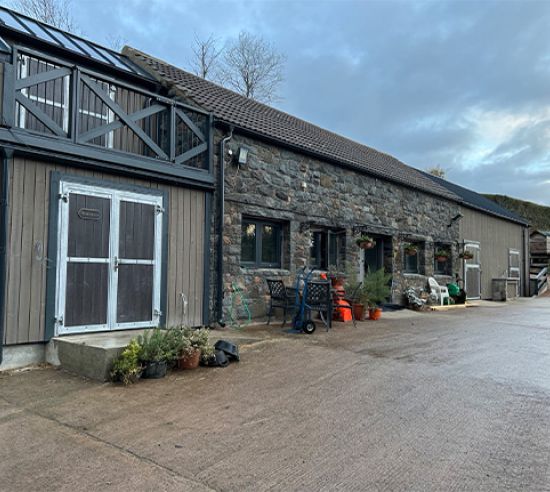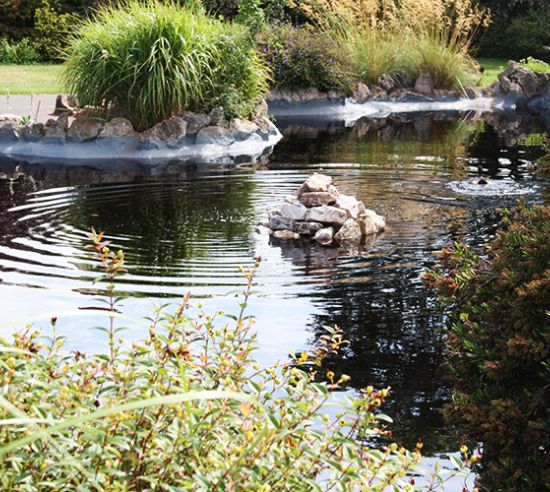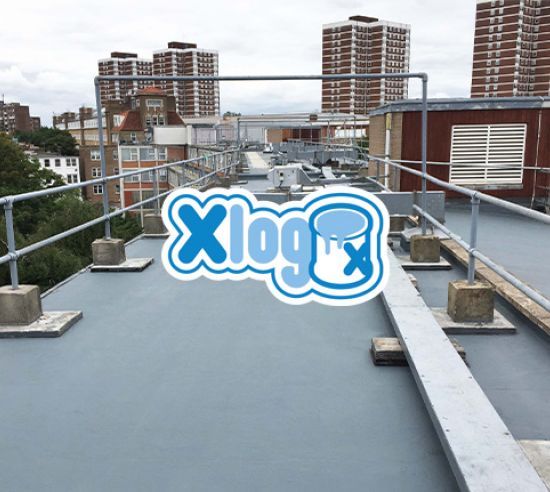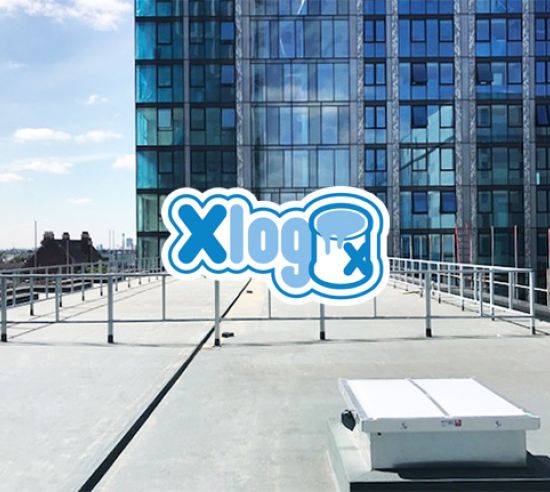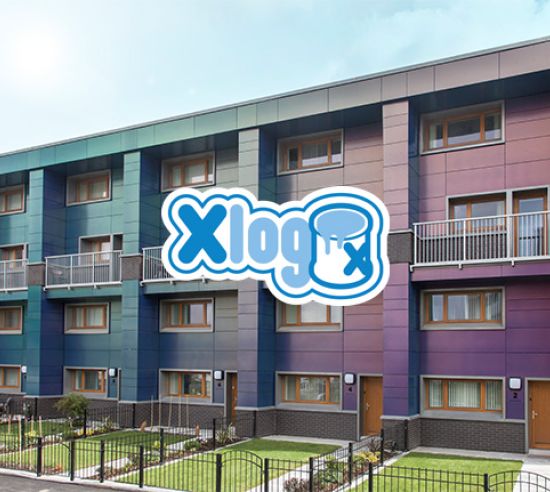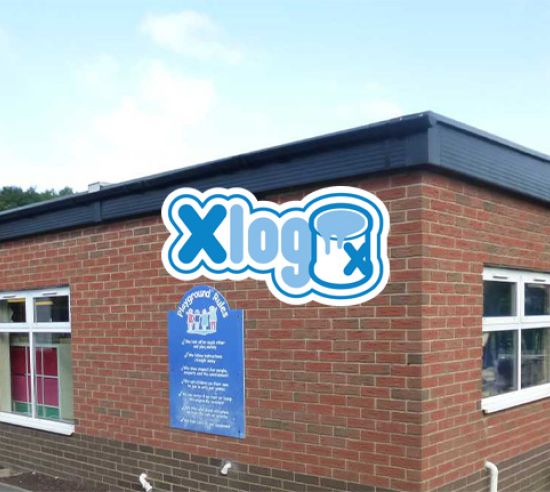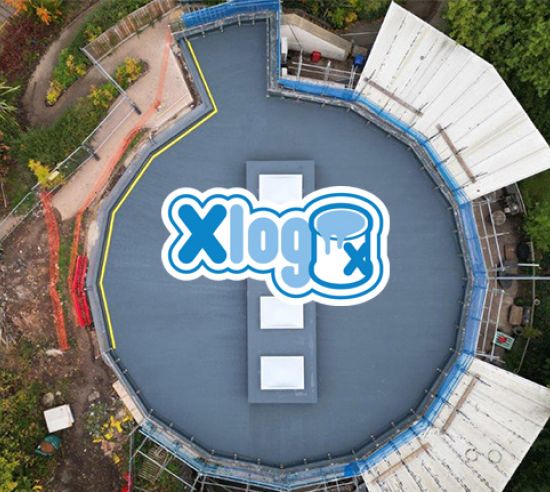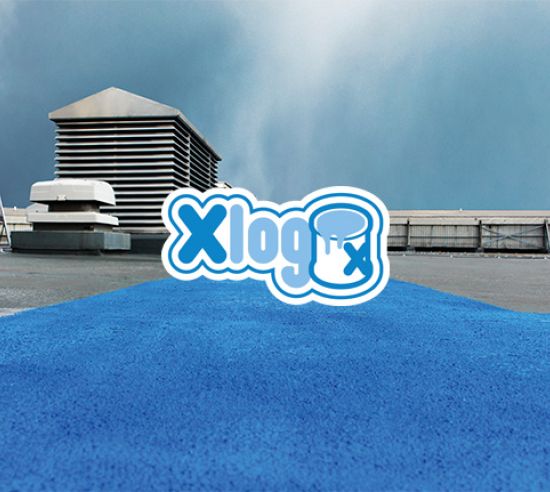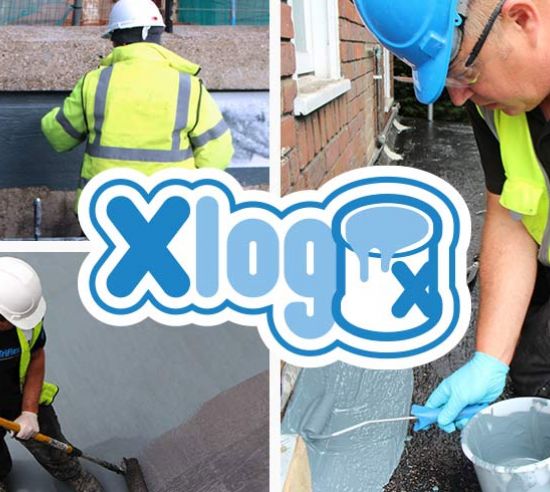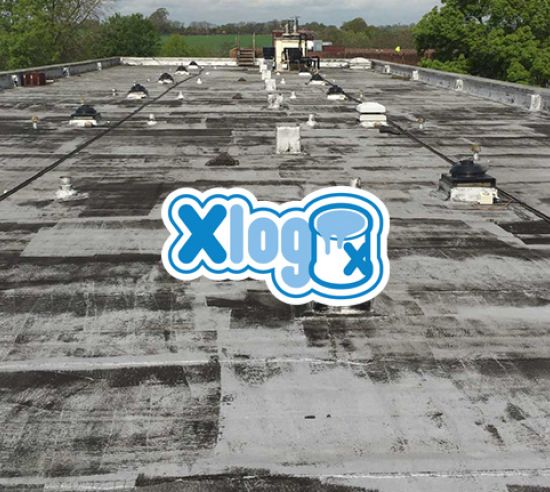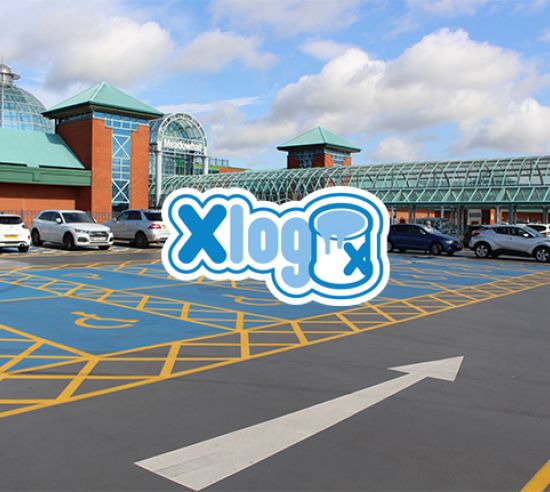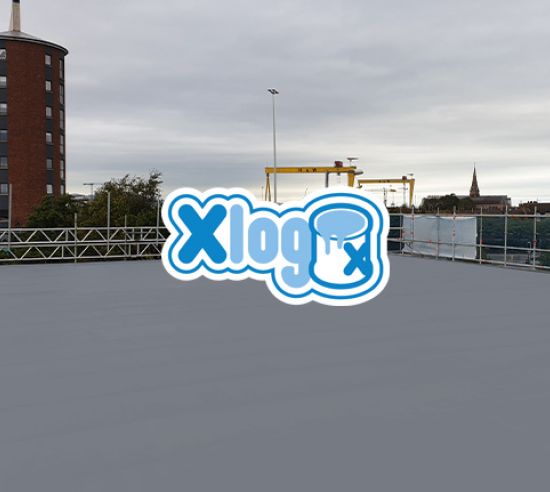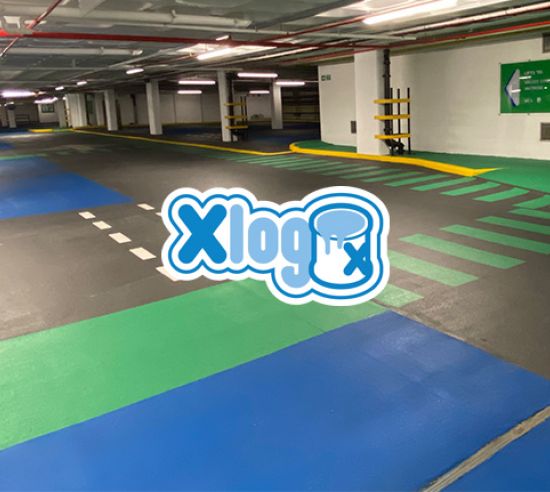The general assumption is that as a waterproofing system is designed to prevent water ingress, standing water will not be an issue. However, the reality can be different as the long-term interaction with water ensures that ‘hydrolysis’ becomes a factor. The simplest definition of hydrolysis is the decomposition of substances by water into their primary products. The substance in question can include a waterproofing system or membrane, and could potentially pose an issue for the long-term integrity of the waterproofing solution.
In roofing applications, there are numerous reasons to avoid standing water at the initial design stage, ranging from loading to slip hazards, and for inverted applications, the thermal performance of the construction can be significantly affected.
However, standing water and ponding water cannot always be avoided especially in refurbishment projects and in these applications, specifiers and users need to ensure that the selected waterproofing system is fully capable of dealing with the effects of hydrolysis.
Zero pitch roofs
Notwithstanding the requirements of British Standards, in the past, the terms ‘zero pitch’ and ‘completely flat’ have been used in the roof waterproofing industry. However, in flat roofs designed to a fall of 1:80 or greater, the likelihood can often be that the ‘as built’ roof construction or parts of the roof may hold water. If this is the case, the designer needs to ensure that the waterproofing system is suitable and that any guarantee will not be invalidated due to a lack of falls, or the presence of standing water.
New build
The demands of new build applications may be similar, although the structures to be waterproofed may be less robust with higher potential for movement. In all of these applications, where a roof is subject to standing water, or the waterproofing is permanently submerged.
Submerged waterproofing
In many existing non-roofing applications such as fountains, cascades, water features and ponds, the original construction will not have featured specific waterproofing or liners. In some instances they may have been treated with a coating designed simply for ingress control. The result can be significant long-term water loss and a lack of protection to the underlying substrate.
Should the need arise to retrospectively fully waterproof these structures, the waterproofing solution needs a number of specific properties to deal with the extreme conditions, including:
- The ability to deal with moisture within the existing, often porous substrate
- High levels of adhesion to the substrate
- The ability to seamlessly waterproof complex shapes and details from pipework, fountain nozzles, electrical cables to sculptures or rocks
- Non-toxic and fully resistant to water treatment chemicals
- High levels of impact and puncture resistance should the water feature be trafficked
- Dynamic crack bridging and suitability for extremes of temperature (many water features freeze in the winter)
- Hydrolysis resistance
Cold liquid applied technology
Triflex cold liquid applied waterproofing (also known as liquid plastics) have proven themselves as problem solver in the construction industry for more than 40 years.
Our systems meet all of the required criteria for waterproofing areas subject to standing and ponding water when falls can't be achieved, as well as being the ideal solution for submerged applications. Thanks to our hydrolysis resistance, our systems allow you to deal with everything from standing water on a flat roof, to providing total waterproofing to a submerged blue roof and have even been used to waterproof ponds.
Many of our systems have demonstrated proven performance in excess of 25 years, and millions of square metres have already been across the world in diverse climates. Proving cold liquid applied waterproofing to be the reliable solution of choice.
Liquid applied waterproofing systems not only meet all the required criteria necessary in handling these often difficult waterproofing applications, they also provide a cost effective method of waterproofing thanks to the rapid curing, wet-on-wet application process.




